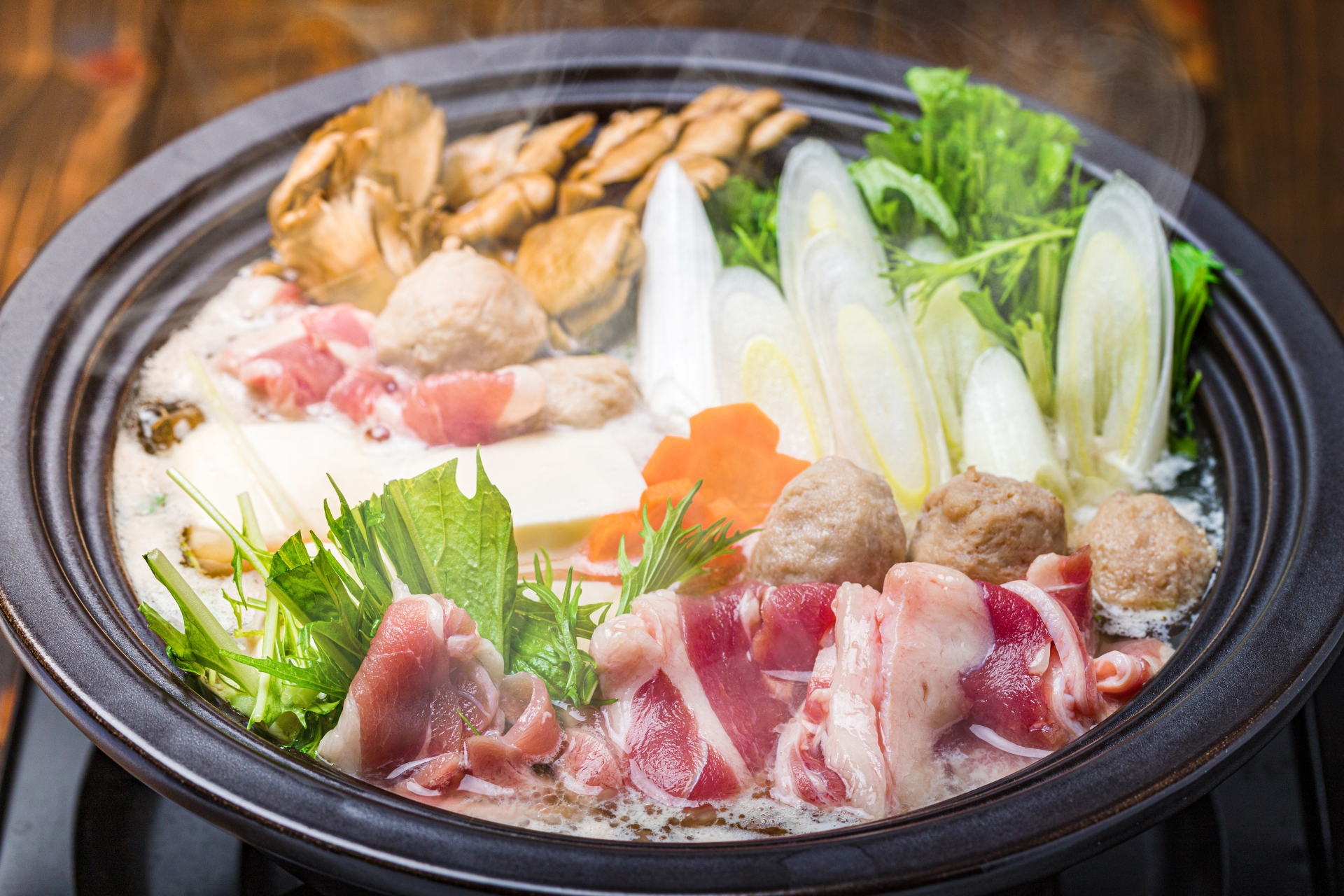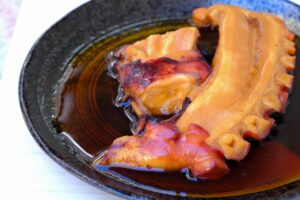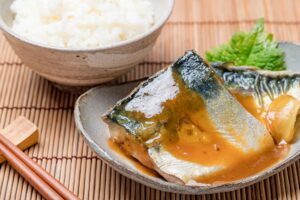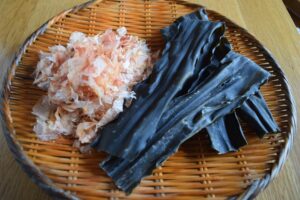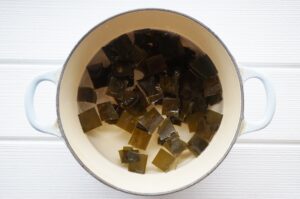Nabe, also known as Japanese hot pot, is a flavorful and communal dish that holds a special place in Japanese cuisine and culture. Whether you are new to Japanese cooking or an experienced chef, nabe offers a rich culinary experience, bringing together diverse ingredients in a pot of simmering broth. This article explores the many facets of nabe, from its cultural significance to its health benefits, and provides tips on making nabe at home.
What is Nabe?
Nabe, which translates to “pot” in Japanese, is a versatile hot pot dish where ingredients such as vegetables, tofu, meat, and seafood are cooked in a flavorful broth. It’s typically prepared at the table, making it not only a meal but a communal dining experience. Nabe differs from other hot pot variations like shabu-shabu and sukiyaki primarily in its broth and cooking method. While shabu-shabu involves quickly swishing meat and vegetables in a light broth, nabe uses a deeper, more seasoned broth that simmers the ingredients together, blending flavors and textures.
The Cultural Significance of Nabe
In Japan, nabe is more than just food; it’s a symbol of togetherness, especially during the colder months. Families and friends gather around the hot pot, taking turns adding ingredients and sharing the dish as it cooks. This communal style of dining fosters a sense of connection, making nabe a popular choice for celebrations and casual get-togethers. Typically eaten in the winter, it provides warmth and comfort, but modern variations have made it enjoyable year-round.
Key Ingredients in Nabe
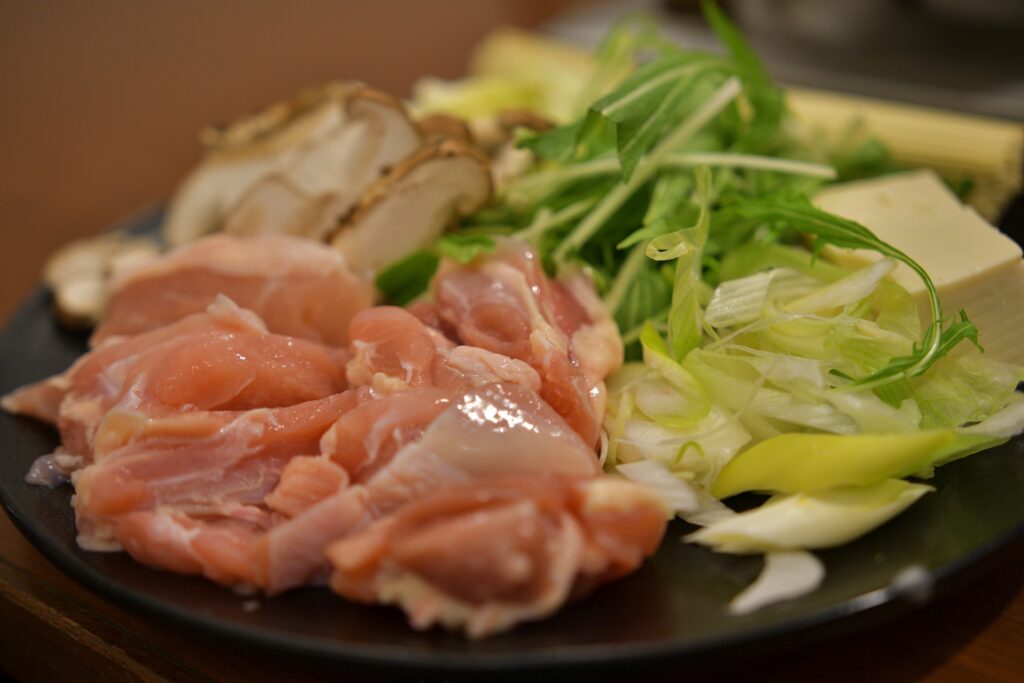
Nabe is highly flexible in terms of ingredients, allowing for regional and personal variations. Common ingredients include a mix of fresh vegetables like napa cabbage, shiitake mushrooms, and leafy greens. Protein options range from thinly sliced beef, pork, and chicken to seafood like shrimp and fish. Tofu and other plant-based proteins are also frequently used. The dish’s flavor depends heavily on the broth, which can range from a simple dashi base to richer, more complex soy or miso-based broths.
Types of Nabe: From Sukiyaki to Yudofu
Japan is home to many variations of nabe, each with its unique flavor profile and ingredients:
Sukiyaki: A Sweet and Savory Experience
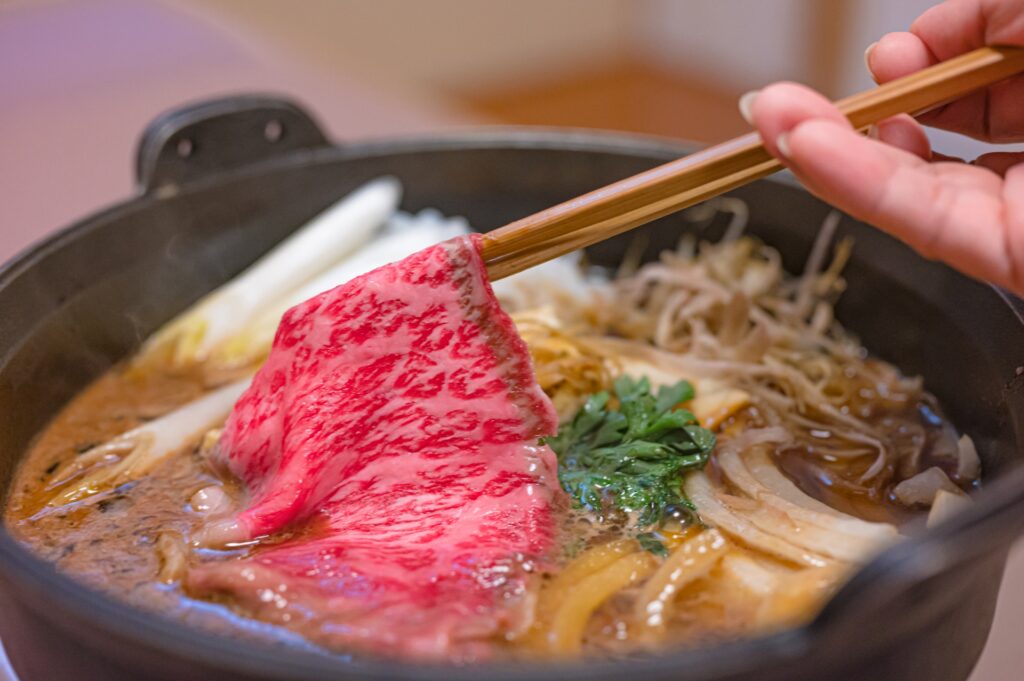
Sukiyaki is one of the most popular forms of nabe, known for its sweet soy sauce-based broth. The dish features thin slices of beef, tofu, and vegetables, and diners typically dip each bite in a beaten raw egg before eating, creating a rich and savory flavor.
Shabu-Shabu: A Delicate Hot Pot Experience
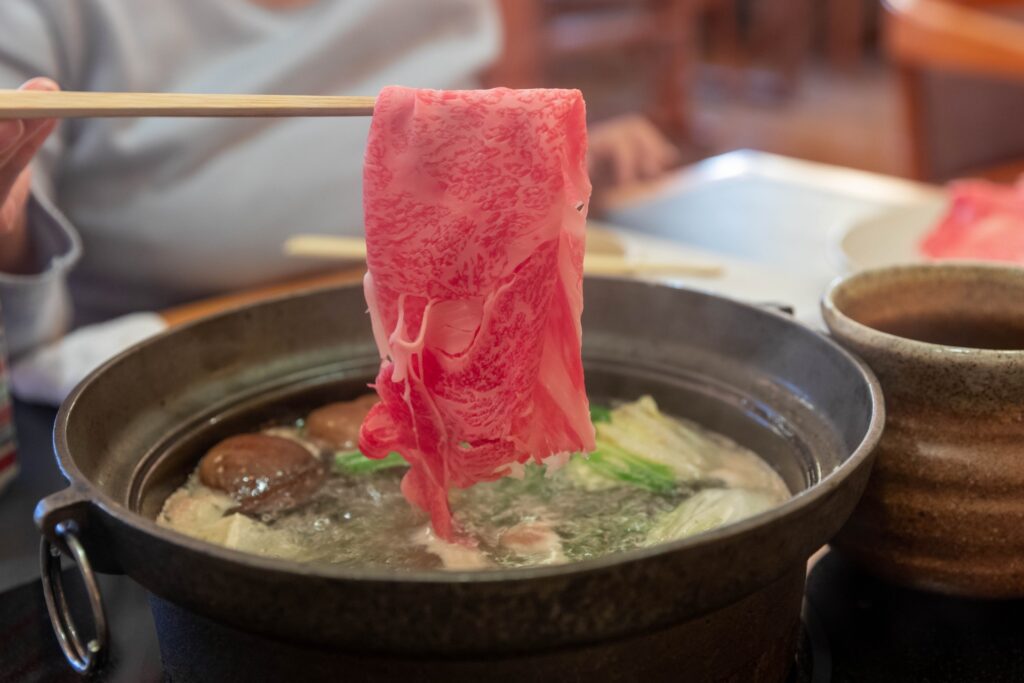
Shabu-shabu offers a lighter alternative to sukiyaki, with thin slices of meat and vegetables cooked quickly in a hot broth. The ingredients are then dipped into a variety of sauces, allowing for a customizable experience.
Yudofu: A Simple, Tofu-Based Nabe
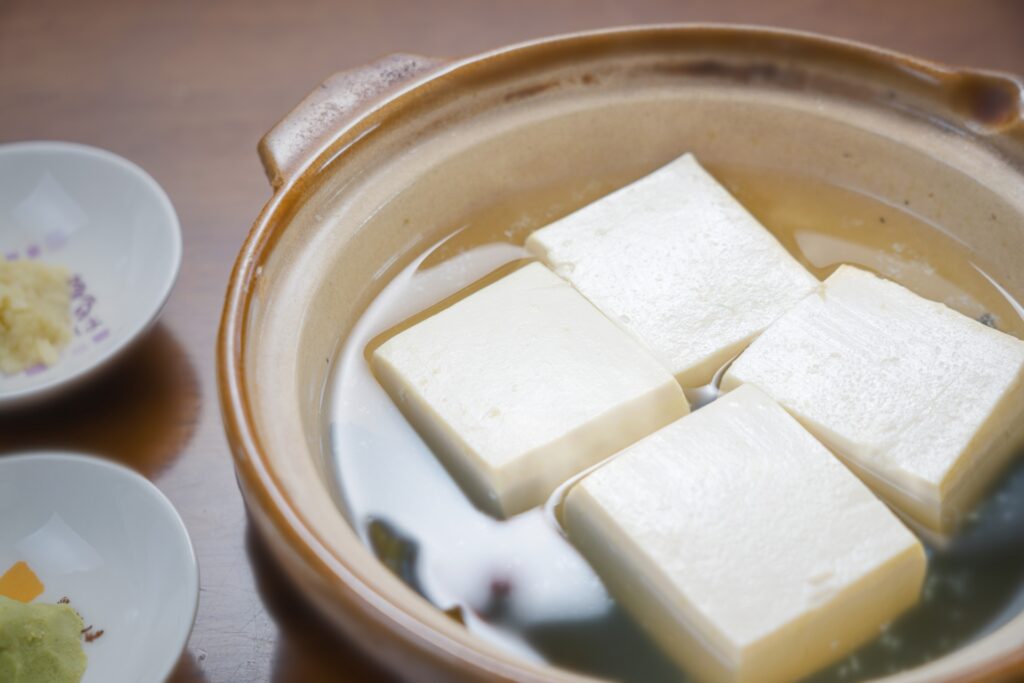
Yudofu is a Kyoto specialty that highlights the simplicity of tofu simmered in a light broth. This vegetarian dish, rooted in Buddhist cuisine, is often served with a subtle dipping sauce, making it perfect for those seeking a lighter meal.
Chanko Nabe: The Sumo Wrestlers’ Stew
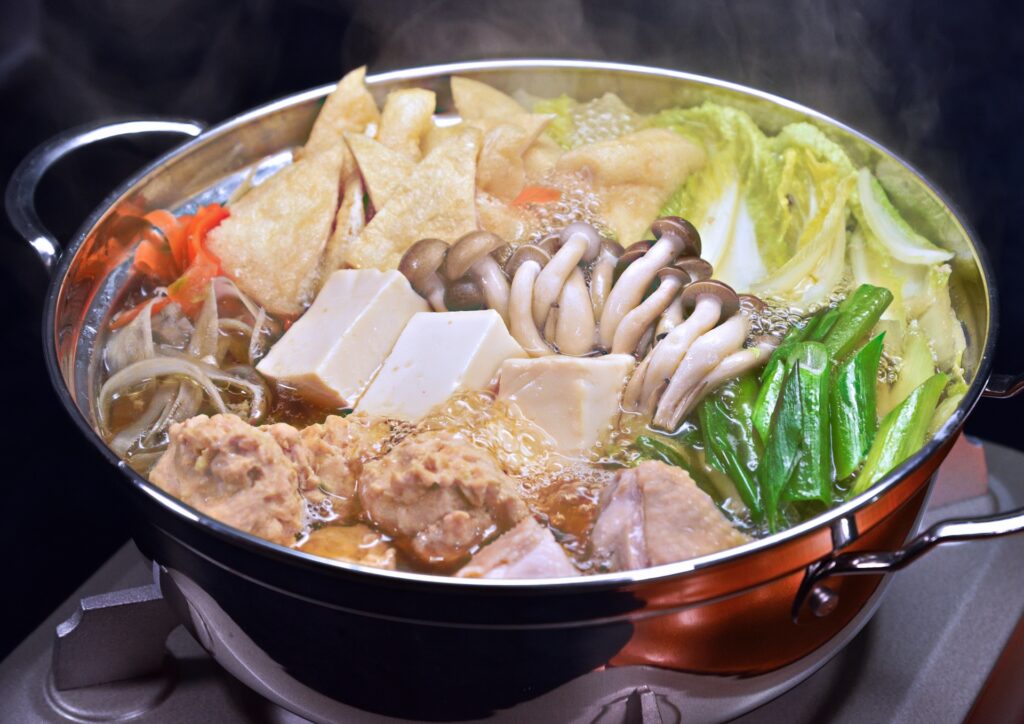
Famous for being the dish of choice for sumo wrestlers, chanko nabe is a protein-heavy meal made with chicken, tofu, and vegetables. This hearty dish is designed to promote strength and weight gain.

Kimchi Nabe: A Spicy Korean Twist
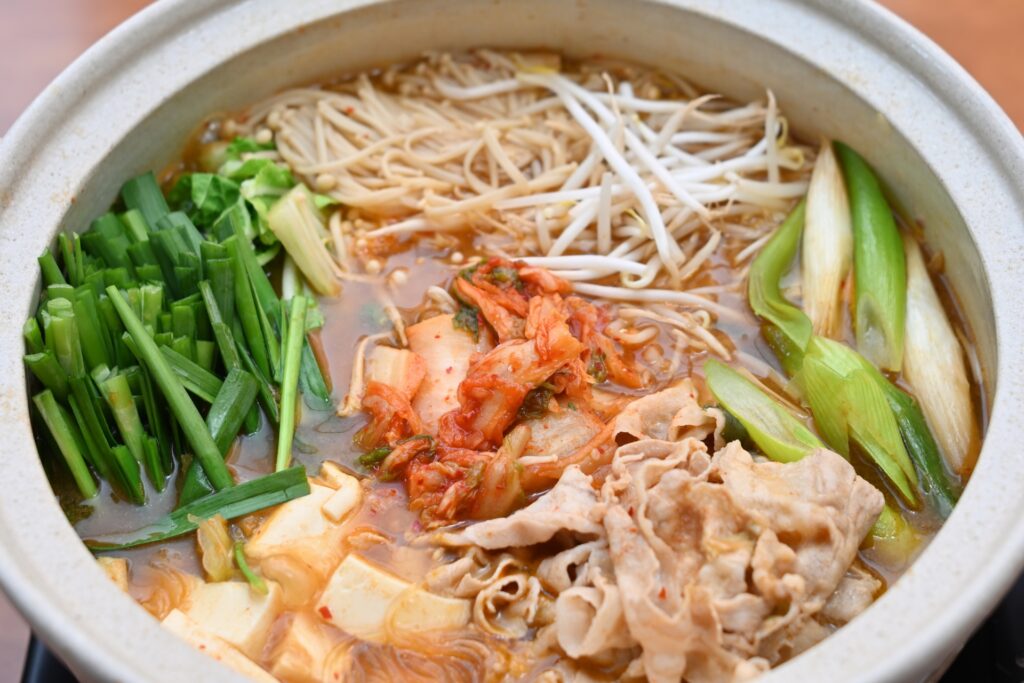
Kimchi nabe incorporates the bold, spicy flavors of Korean cuisine with the more traditional elements of Japanese hot pot. The dish features kimchi, tofu, pork, and mushrooms in a spicy broth, making it a perfect option for those who love heat.
Motsu Nabe: A Unique Offal-Based Dish
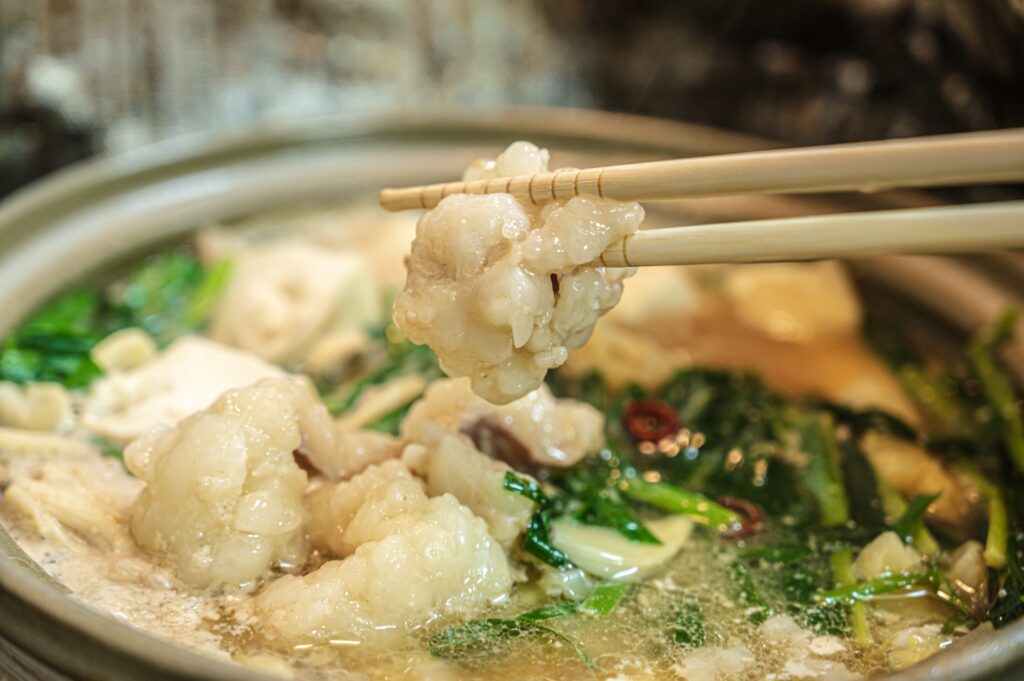
Motsu nabe hails from Fukuoka and uses beef or pork offal, which is cooked in a flavorful soy or miso-based broth. It’s a dish loved for its strong, bold flavors.
Mizutaki: A Light Chicken-Based Nabe
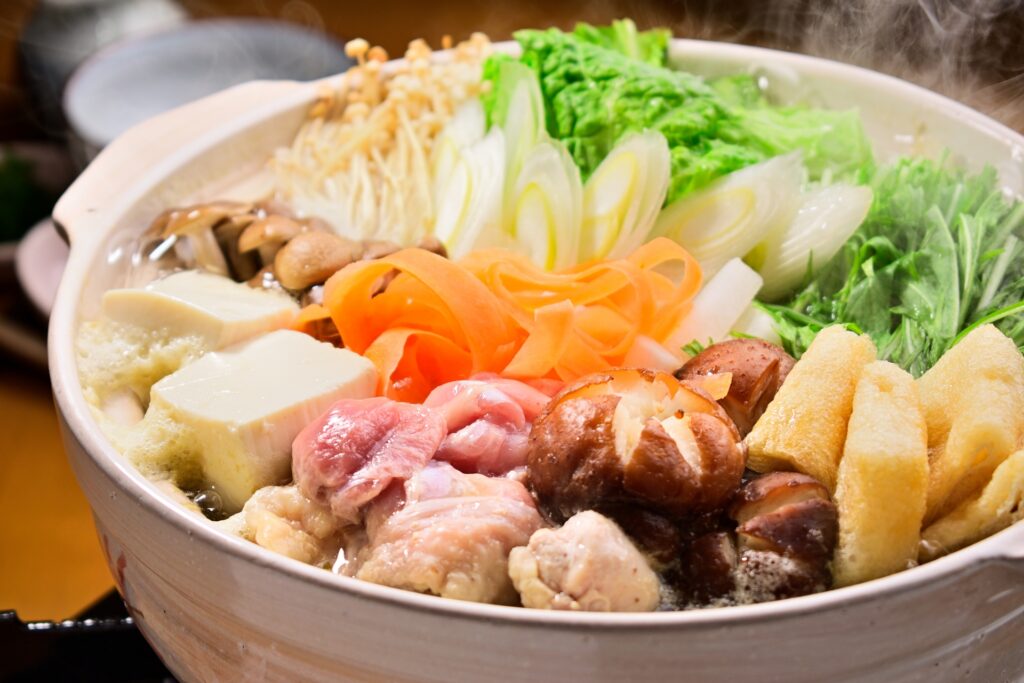
Mizutaki focuses on chicken, simmered in a simple water-based broth. This dish allows diners to customize their experience with various dipping sauces.
Health Benefits of Eating Nabe
Nabe is not only delicious but also healthy. Its ingredients, such as vegetables, lean meats, and tofu, are nutrient-dense and contribute to a balanced meal. The broth, whether dashi or miso-based, is typically low in calories but rich in flavor. The steaming process preserves nutrients, making nabe a great choice for those looking to maintain a healthy diet.
Nutritional Value of Nabe Ingredients

The core ingredients in nabe, like mushrooms, leafy greens, and tofu, offer a wealth of vitamins and minerals. Tofu provides plant-based protein, while the vegetables supply fiber and essential nutrients like vitamin C and iron.
How Nabe Promotes Digestive Health
The warm broth and easily digestible vegetables make nabe gentle on the stomach. This dish is particularly soothing during cold months, promoting digestive comfort and warmth.
How to Make Nabe at Home: A Step-by-Step Guide
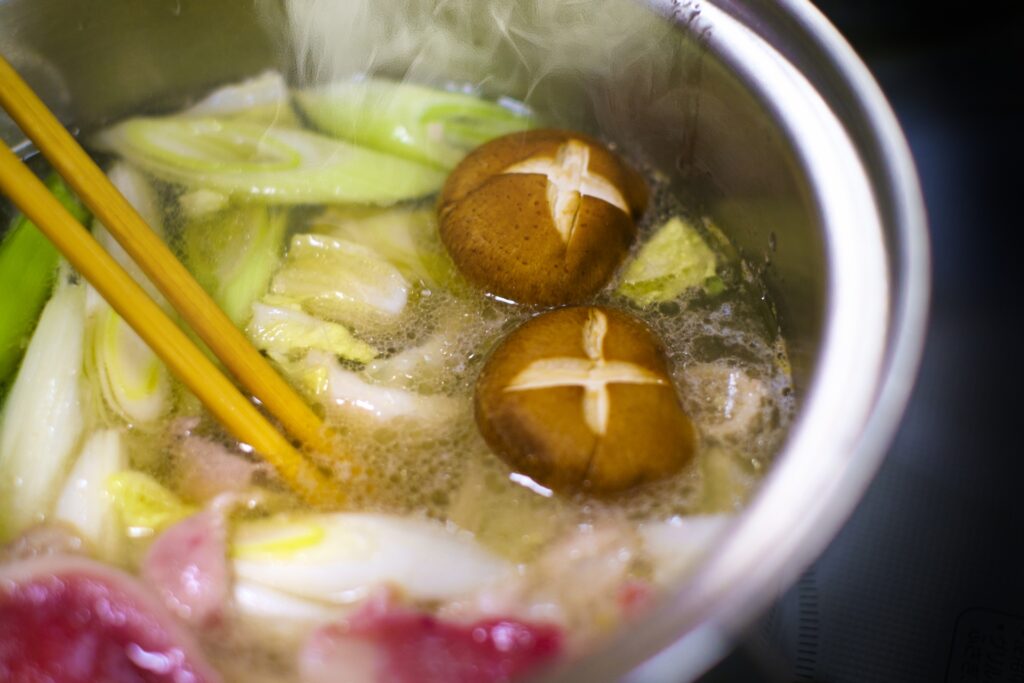
Making nabe at home is straightforward and adaptable to your taste preferences. Here’s a basic guide to get you started:
- Choose Your Broth: Popular options include dashi, miso, and soy milk broths.
- Select Your Ingredients: Pick a variety of vegetables, proteins, and tofu based on your preferences.
- Simmer and Enjoy: Arrange your ingredients in a pot, simmer until cooked through, and enjoy the meal directly from the pot.
Broth Bases for Nabe: From Dashi to Soy Milk
Broths are the heart of any nabe dish. Dashi, made from kombu (kelp) and bonito flakes, is a popular choice for a light, umami flavor. For a richer experience, soy milk or miso-based broths are ideal.

Essential Equipment for Making Nabe at Home
To recreate an authentic nabe experience, you’ll need a donabe (Japanese clay pot) or a similar pot, and a portable gas burner for cooking at the table.
Vegetarian and Vegan Nabe Options
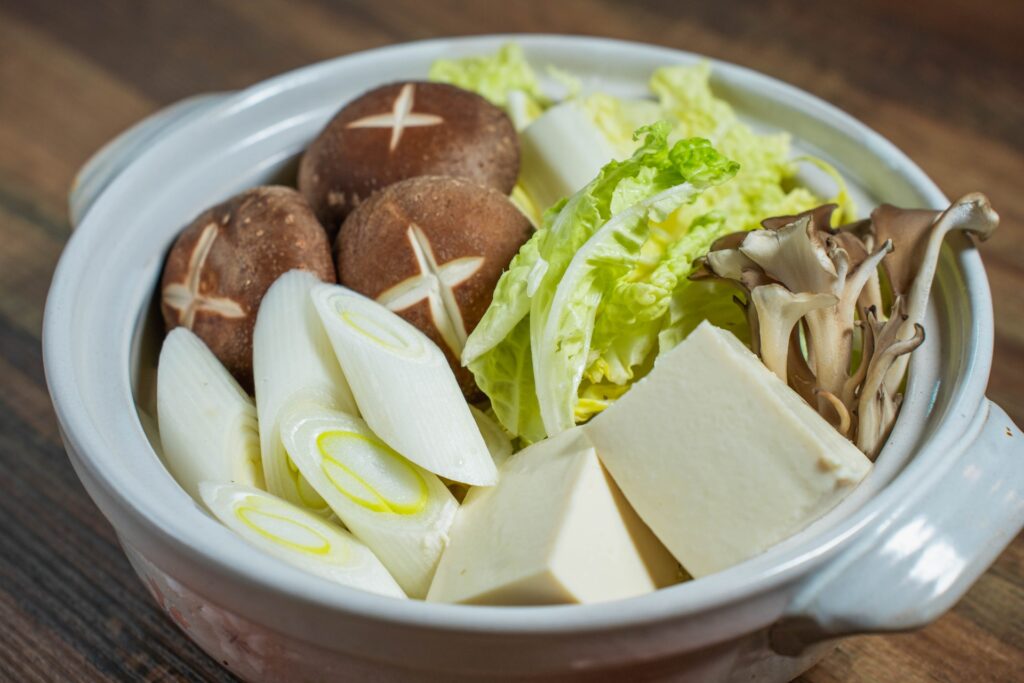
Nabe can be easily adapted for vegetarians and vegans by using vegetable broth and plant-based proteins like tofu, mushrooms, and seitan. Adding kombu or shiitake mushrooms to the broth enhances umami without needing animal products.
How to Create Flavorful Vegan Broth for Nabe
For a rich vegan broth, use ingredients like kombu, shiitake mushrooms, and miso. These add depth and umami, creating a satisfying base for your hot pot.
Best Vegetarian Proteins for Nabe
Tofu is a common protein in vegetarian nabe, but you can also use tempeh, seitan, or even plant-based meat substitutes for variety.

